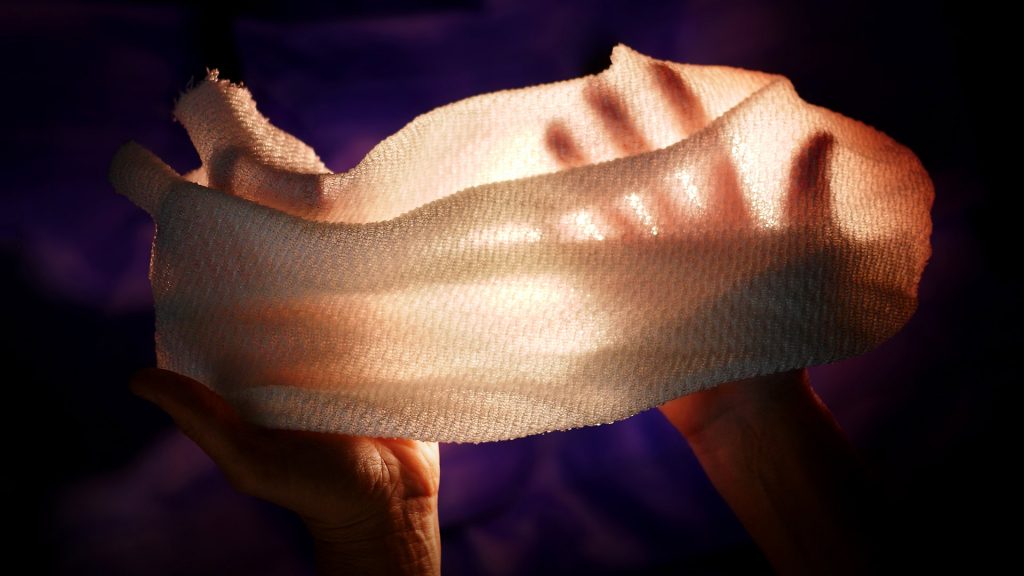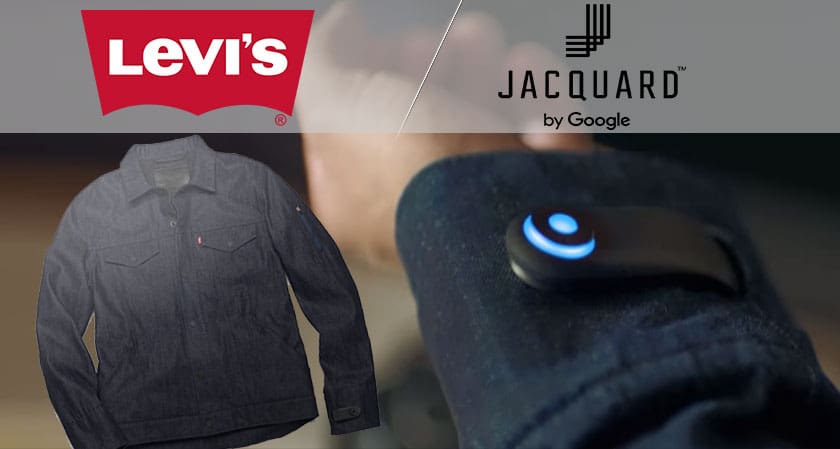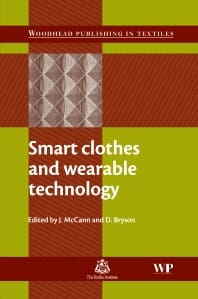Food, clothing, and shelter are the basic necessity of human beings. But, talking about current age; can it not be food, clothing, shelter, and technology? Living in this techno-savvy world there is no escape without the need for automation to perform fast, keep up with the market and add to daily use. When textile meet technology, the innovation of smart clothing is inherited. You may have known this term by other names such as electronic garment, smart garment, monitor clothing or e-textiles which has been augmented by tools to create gadgets combining them with fabrics and wearable technology that has high demand in the current era.
Well, won’t you be interested to know the physical functioning of your body concerning your heart rate, body temperature, and positioning? In sports, it could be very beneficial for the athletes to perform well at the same time maintaining their balance. Did you know; Polar Electro was the first available wireless heart rate monitoring system, launched in 1982.

We, humans, wear different clothing depending upon the seasons. For example, in the summer, we wear lightweight and light-colored cloths but during the winter, we wear warm clothes. However, due to changing climatic conditions, the weather is becoming increasingly unexpected. So, the discovery of a smart fabric might be helpful in such situations. Did you know; researchers at the University of Maryland (UMD) have engineered a new fabric from synthetic yarn with a carbon nanotube coating that gets activated by temperature and humidity. The fabric releases heat in warm humid conditions and traps heat when conditions are cool and dry.

The development of man-made textiles has opened up a broader door for evolving new features and enhance the overall property of the fabric. A book was written by J. McCann and D. Bryson “smart clothing and wearable technology” focused on fabric technologies and how it has revolutionized the need for manmade textiles. These include heat absorption and cooling, color-changing characteristics, stain and water resistance, abrasion and impact protection, and electro-conductivity. All of these characteristics can play useful roles in the development of smart clothes and wearable technology. There are three main companies developing commercial conductive switching and control systems. Softswitch (Peratech), Fibretronic and Eleksen. Did you know; Eleksen has released evaluation and development kits for its fabric switches, allowing easier access to the technology.
People of today want to connect to the world with just one touch. Using a phone could be their nearest option. However, during certain situations such as using a phone while riding a bike or a cycle could lead to a critical situation. Targeting such an audience, Google partnered with Levi’s and created smart clothing. Project jacquard is introduced that has thin conductive alloy which could be paired up with synthetic and natural yarn. The aesthetic is the same as those of regular clothing but the feature that sets it apart is that the targeted audience does not have to use their phone to access the required need. For instance, the wearer can tap on their wrist, and music will start playing. It also allows users to handle calls, navigate, and receive notifications. This prevents them from staring at their phones, which makes their commute a lot safer.

Such high-tech clothing has developed a tremendous speed to cop up with exceeding advancement. This is just the beginning of the adventure and a lot more are yet to come which the human mind has perceived yet. What are your thoughts on it? Will technology have its limitation till requirement or will it become the next basic necessity?
The article was written by – Ms. Ayman Satopay. B.Sc in Textile and Apparel Design from Sir Vithaldas Thackersey College Of Home Science. Textile Value Chain intern. Email: [email protected]


